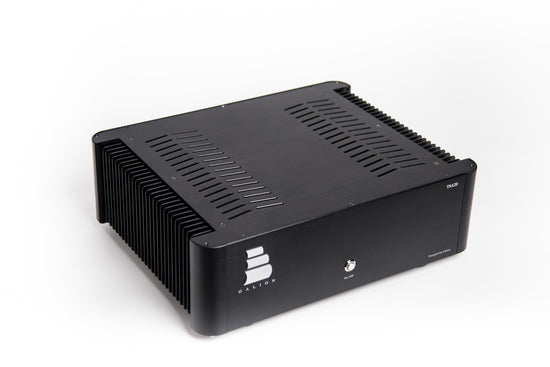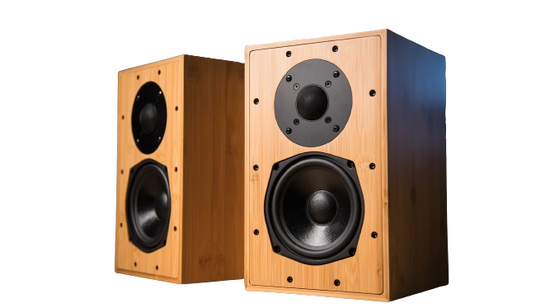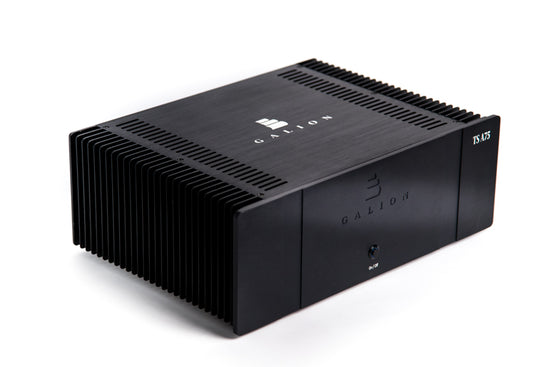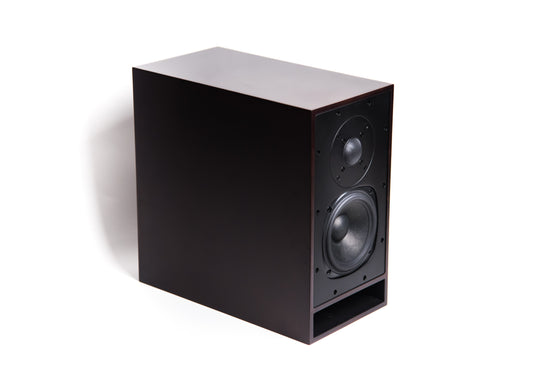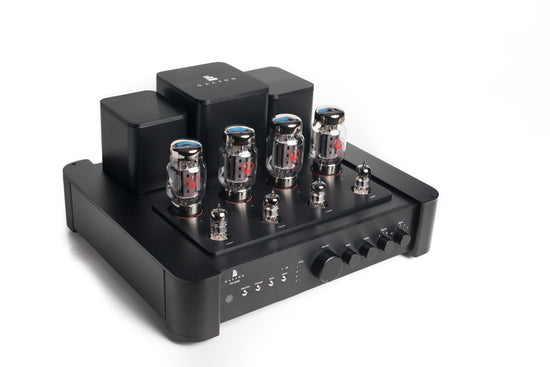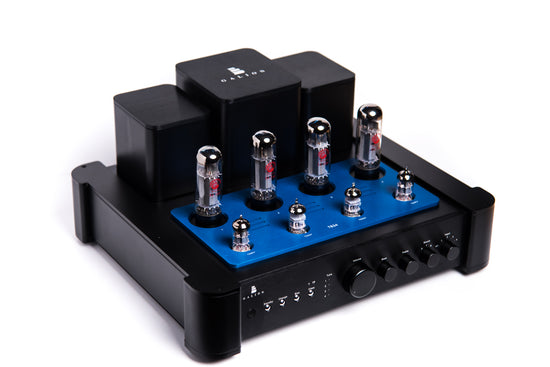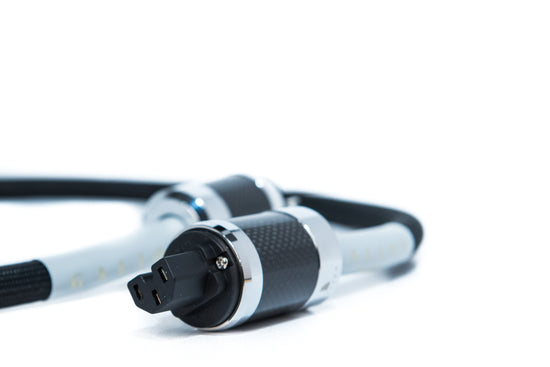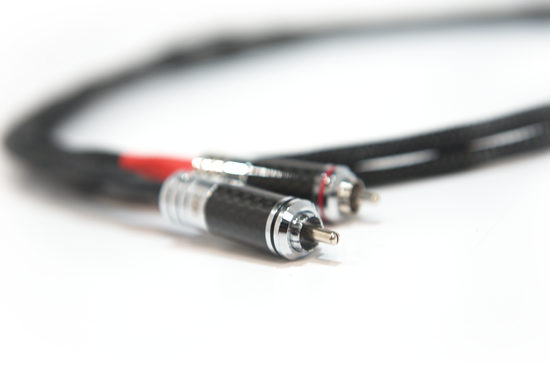Is the TS A75 any good? - Wowie it sure is, really good in fact. All the reviews are right. It does indeed give a sparkling airy full bodied response without taking away any of the detail that my
upstream components can deliver. My go to amp for many years was a McCormack DNA 1.0. I think the A75 is the modern version of that amp. Super linear, ever so slightly warm, with an endless reservoir of power (lots of big capacitors). Like the DNA The A75 always sounds just “right” no matter what kind of music you throw at it. Instruments are positioned clearly and notes seem to hang in the air with incredible detail. My tastes are eclectic but I listen mostly to Jazz, Blues, Funk and Classical. The amp sounds equally great on acoustic recordings as it does on full blown electronic funk. And on some of the classical recordings I feel like I am sitting in front of the Orchestra. (perspective, my wife and I have been season ticket holders to the Colorado Symphony for 30 years) The dynamics on this amp are truly remarkable. Anyway, Thank you Thomas! I am yet another evangelist for your approach for delivering best in class audio. Keep up the good work!
I am not sure I can add to all of the great things that have been said about this amplifier. But I can report on my experience and the synergy in my system. (The A75 is a SUPER match with Buchardt!!!) I would start by saying how good I thought my existing system was before adding the A75. I have been following a passion for getting the best sound I could for “reasonable” $$ for many, many years. Even 20 years ago I started buying audio equipment directly from the manufacturer because I felt that there was so much more bang for the buck in a direct to consumer model (anybody remember AV123). Anyway, I don’t buy often but when I do, I do extensive research and focus on value and quality. My current set up -
NUC Roon Linux Hub
SOtM 200
Buchardt I150
Buchardt S400 mkII
RLS S10 Speed woofers (X2)
Taken as a whole I truly felt that this system was near perfection for me. All of the components are well regarded / reviewed and considered to be among the best at their price points. What really brought the whole thing together however was the Buchardt integrated amp. Check out Thomas’s review of this unit, he can say it as well or better than I can. First it is made with very high quality parts that are voiced by the guys at Buchardt meaning very sweet, very linear. But, what really makes it special is the DSP. The ability to run room correction quickly and easily and then fine tune everything including two subs created a seamless top to bottom response that generates a holographic soundstage even in low frequency instruments. Stand up bass in particular is rendered in near perfection. Seriously, on quality recordings it is spooky good.
The only thing I would occasionally think was that it sounded a little too perfect, just slightly digital if you will. I wondered what if I could bring a tad more warmth and a little more oomph? After all, the amplification section on the I150 is digital. Many reviews of the I150 (including Thomas) also note that 75 to 80% of the value of the Buchardt integrated is in the preamp section. Thomas also gave a couple of anecdotes about how good the I150 was as a preamp with some very, very high end amps and speakers. But what amp could I find that wasn’t too expensive? I thought about tubes (too pricey) and many folks speak highly of the Vidar (maybe, but is it really a best in class amplifier that could bring something special).
And, then Whoa what’s this, a new direct to market amplifier that is hands down the new value leader - warmth, air, seperation, blah, blah, audiophile adjectives galore. Honestly, It was more $$ than what I was hoping to spend but on paper it seemed like the “one”, the answer to my question can it get better? Is it worth it?
Geez, that was a long lead into what do I think about the A75? So initially my expectations were super high, and when I powered it on ….. What did I hear? Well, it is good, very good, but is it special, I can’t tell. I do believe this amp has a very real break in period, over several days it just kept getting better and better. Every time I turned it on, I started hearing more and more detail and everything became more coherent. I would say to give the A75 8 to 20 hours of playing time before you do a really critical listening session. I also took another deep dive into the DSP capabilities of the I150 to sync everything up. Getting the subs just right in particular takes a lot of fine tuning, but when you get it just right, that is when the magic happens. So how does the A75 sound? Note the beginning of this review for my thoughts. I didn’t think everyone would want to read all of this to get to the bottom line.



